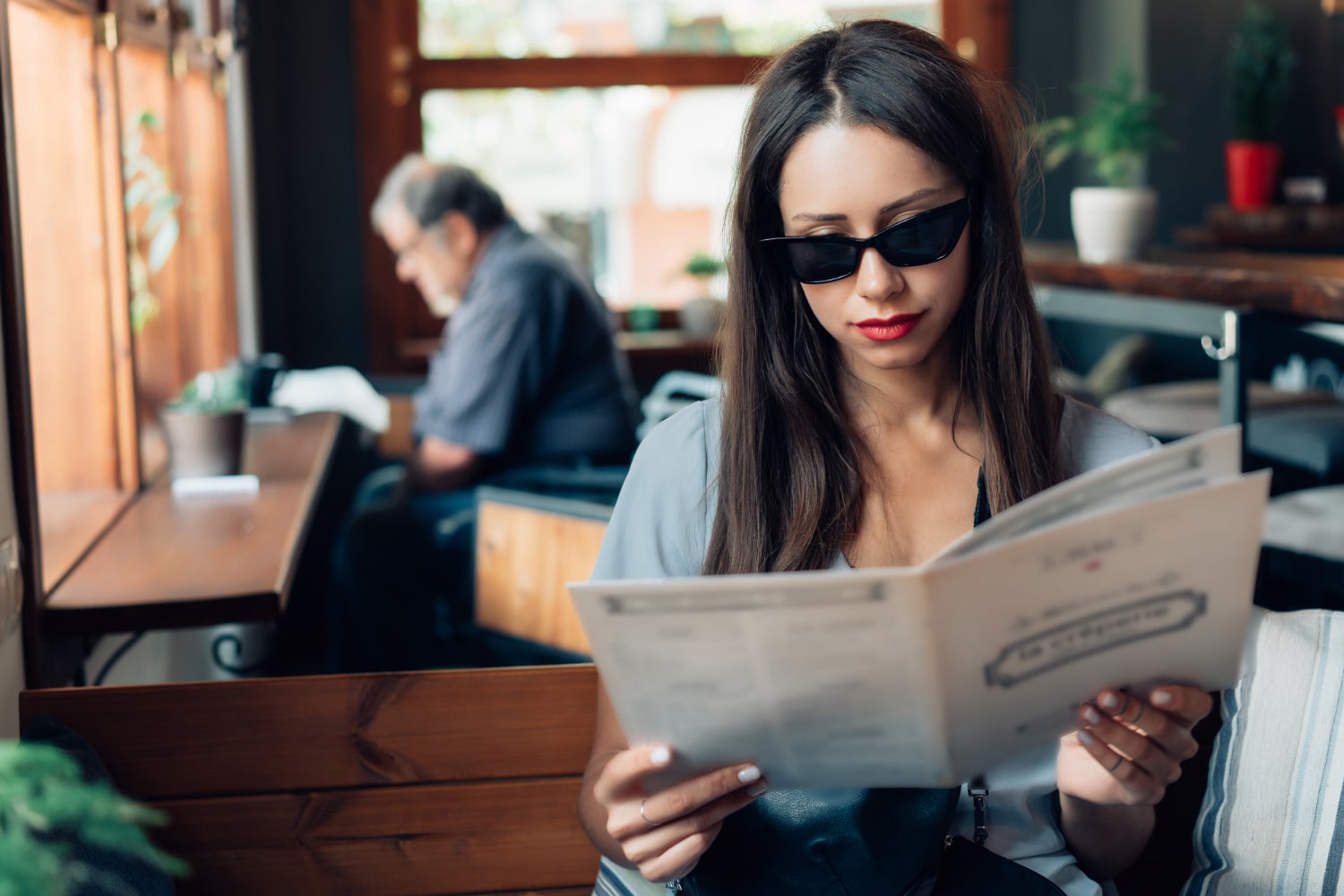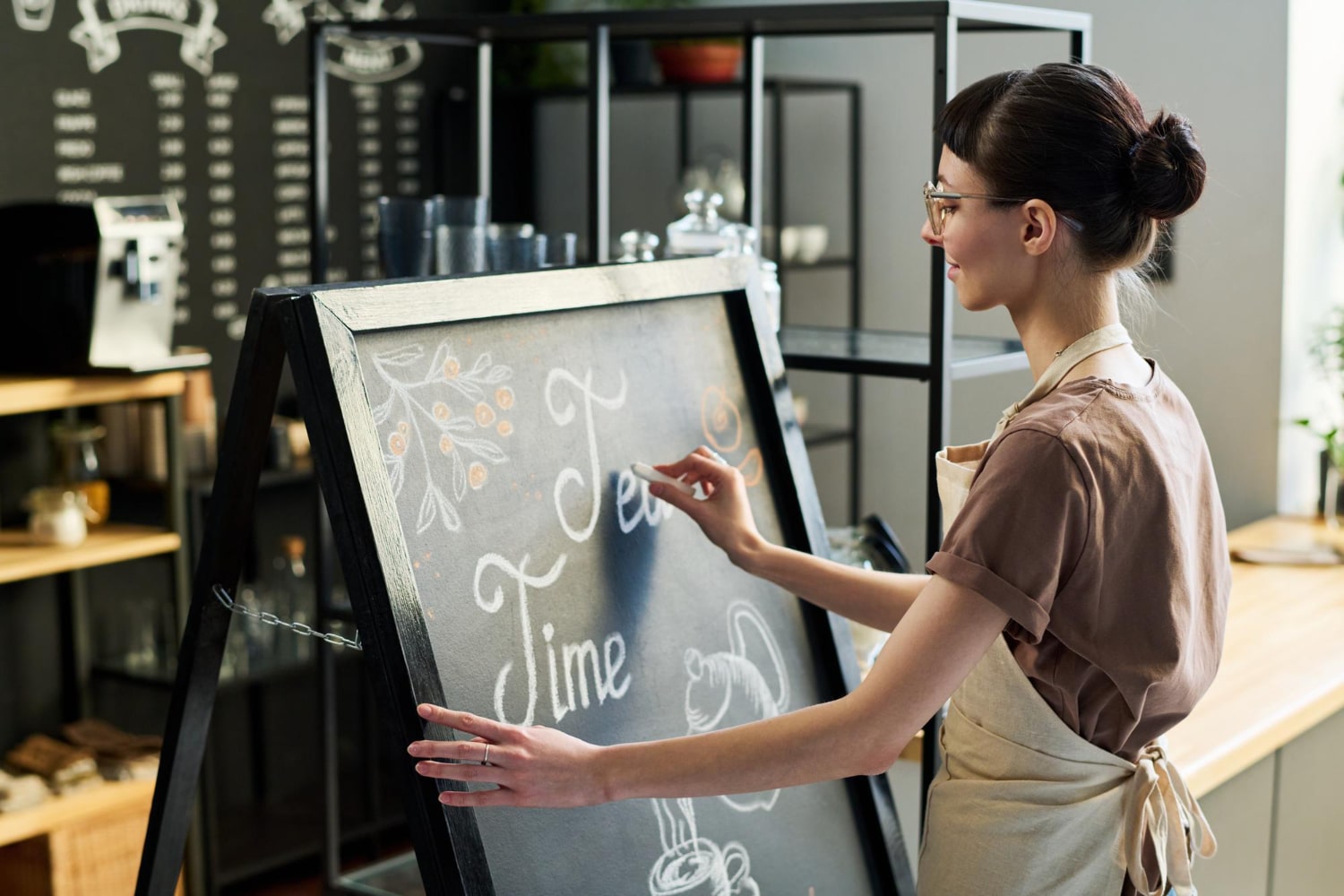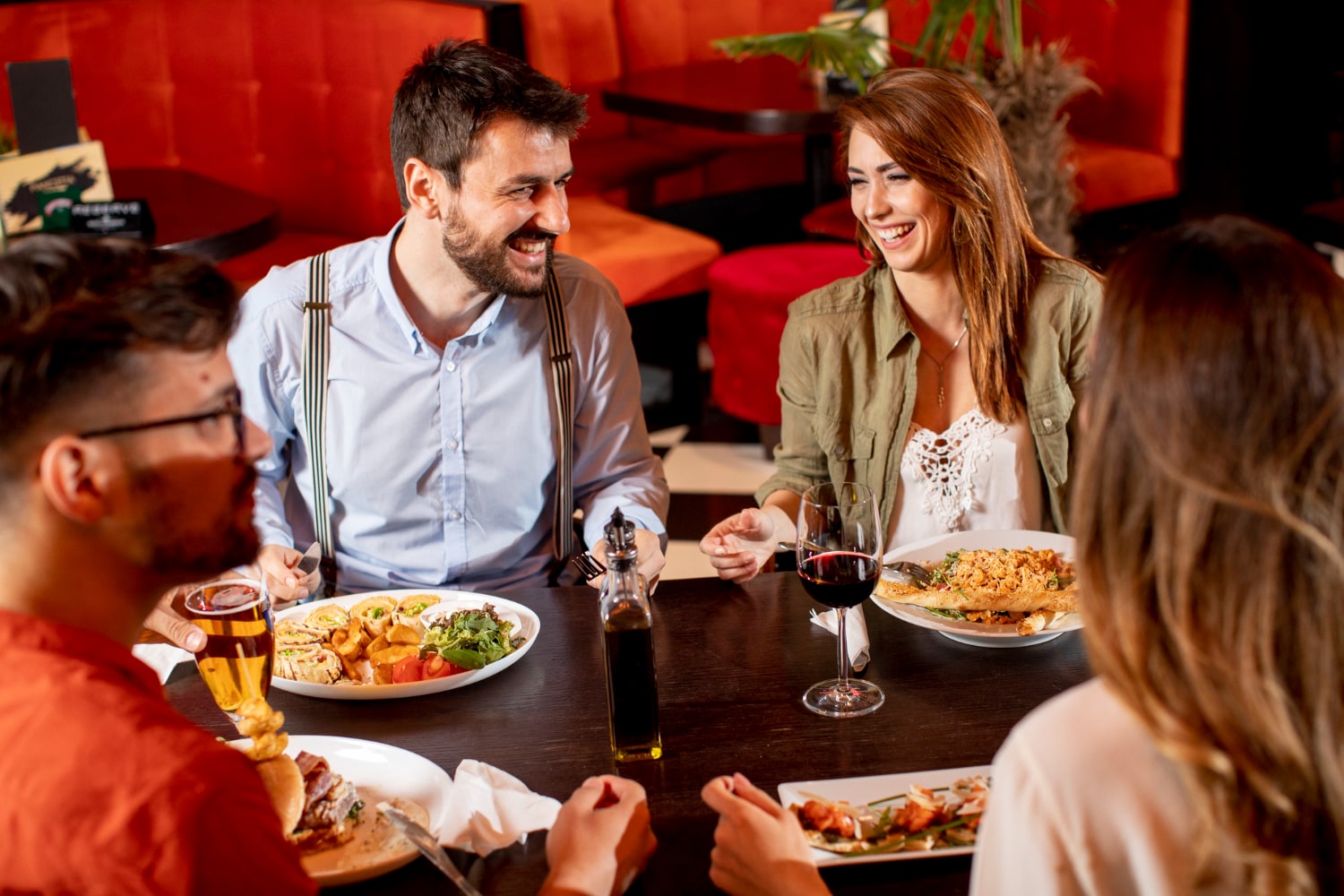
Superior Techniques for Creating Menus That Boost Sales
The restaurant industry loses billions annually through poorly designed menus. While most establishments focus on food quality and service, they unknowingly sabotage their profits with menu layouts based on outdated assumptions and industry myths. Recent eye-tracking studies and neuroscience research reveal that superior techniques for creating menus go far beyond basic design principles-they tap into subconscious psychological triggers that directly influence customer spending behavior.
This analysis examines scientifically-proven menu engineering methods that successful restaurants use to increase average order values by 15-30%, along with the surprising discoveries that challenge everything the industry thought it knew about customer attention patterns.
Key Takeaways
✓ The 10-Second Rule: Color influences customer choices only within the first 10 seconds of menu viewing-strategic front-loading of color emphasis can increase high-margin item selection by 23%
✓ Physical Psychology Matters: Heavier menu paper creates automatic upscale perceptions, with customers rating identical food items 18% higher on substantial paper stock
✓ Industry "Sweet Spots" Are Myths: Eye-tracking reveals customers follow book-reading patterns, not the criss-cross movement that traditional menu placement strategies assume
✓ Isolation Effect Power: Strategic distinctiveness (Von Restorff effect) makes items memorable, but requires restraint-maximum 2 isolated elements per page to avoid competing attention
✓ Texture Influences Taste: Cross-modal sensory effects mean textured menu materials increase perceived food quality by up to 27% before customers even order
✓ Implementation Timeline: Most restaurants see 15-25% increases in targeted item selection within 2-3 weeks, with full ROI typically achieved in 4-8 weeks
The 10-Second Window
Eye-tracking technology has shattered one of the restaurant industry's biggest misconceptions. Contrary to popular belief, color doesn't maintain consistent influence throughout the menu-viewing experience.
The Critical Discovery: Research shows color impacts customer attention specifically within the first 10 seconds of menu exposure. After this window closes, color becomes significantly less influential in directing customer choices.
How This Changes Everything
Traditional menu standards recommend consistent color usage throughout the design. However, this new understanding suggests a more strategic approach:
-
Front-load color emphasis on high-margin items within the first visible section
-
Use neutral tones for items you want customers to consider after initial scanning
-
Reserve bright accent colors for 2-3 premium offerings maximum
Restaurant owners implementing this technique report 23% higher selection rates for color-highlighted items compared to traditional uniform color schemes.
Breaking the Sweet Spot Myth
For decades, the restaurant industry has operated on the assumption that certain menu positions-the famous "golden triangle"-guarantee customer attention. New eye-tracking data reveals this conventional wisdom is fundamentally flawed.
What the Research Actually Shows
Scientists monitoring real customer eye movements discovered that:
-
Book-reading patterns dominate two-page menu navigation, not the criss-cross movement industry experts claim
-
Upper-left quadrants receive consistent attention regardless of the theoretical "sweet spots"
-
Middle positioning often outperforms corner placement for actual customer focus
This research challenges core elements of a menu positioning strategies used by thousands of restaurants worldwide.
Practical Application
Instead of forcing high-profit items into supposed sweet spots:
-
Position signature dishes in the upper-left section of each page
-
Use the natural reading flow to guide customers through profit tiers
-
Test actual customer behavior rather than relying on theoretical placement maps
The Weight Factor: Physical Menu Psychology
One of the most overlooked aspects of restaurant menu planning involves the physical properties of the menu itself. Neuroscience research demonstrates that tactile sensations directly influence subconscious perceptions of restaurant quality and food value.

The Science Behind Menu Weight
Studies examining customer perceptions found that:
-
Heavier menus create automatic associations with upscale dining experiences
-
Customers rate identical food items 18% higher when presented on heavier paper stock
-
Price sensitivity decreases when menus feel substantial in customers' hands
Implementation Strategy
1. Paper Weight - 200-250 GSM
Customer Perception - Premium/Fine Dining
Recommended Use - High-end establishments
2. Paper Weight - 150-200 GSM
Customer Perception - Upscale Casual
Recommended Use - Mid-tier restaurants
3. Paper Weight - 100-150 GSM
Customer Perception - Standard/Budget
Recommended Use - Quick-service venues
The investment in heavier paper stock typically pays for itself within 6-8 weeks through increased average order values. When selecting menu covers, consider how the physical weight reinforces your restaurant's positioning and customer expectations.
Texture-Induced Quality Perception
Cross-modal sensory research reveals that menu texture influences food taste expectations before customers take their first bite. This phenomenon occurs through neural pathway interactions between tactile and gustatory processing centers.
The Cross-Sensory Effect
-
Textured paper surfaces increase perceived food quality by up to 27%
-
Smooth, glossy finishes can decrease premium food expectations
-
Embossed elements create subconscious associations with artisanal preparation
Restaurants specializing in rustic or artisanal cuisine benefit most from textured menu materials that echo their food preparation methods.
Von Restorff Isolation: Strategic Distinctiveness
Named after German psychiatrist Hedwig von Restorff, this psychological principle explains why certain menu items become memorable while others fade into background noise. Understanding isolation effects allows precise control over customer attention allocation.

The Isolation Mechanism
When multiple similar items appear together, the brain automatically prioritizes elements that differ from the group. However, this effect requires careful calibration:
Effective Isolation Techniques:
-
Single color accent among neutral items (maximum 2 per page)
-
Unique typography for one signature dish per category
-
Strategic white space around high-margin offerings
Common Mistakes:
-
Over-isolation (multiple competing elements)
-
Inconsistent isolation patterns
-
Isolation of low-profit items
Consider these isolation principles when developing menu board ideas for displayed formats, as the larger scale amplifies both successful and failed isolation attempts.
Measuring Isolation Success
Track these metrics to validate isolation effectiveness:
-
Selection rate increases for isolated items (target: 15-25% improvement)
-
Overall category scanning time (should remain stable)
-
Customer decision speed (faster choices indicate successful attention direction)
Advanced Primacy and Recency Manipulation
Traditional menu types rely on basic first/last positioning strategies. Advanced techniques manipulate memory formation timing to enhance item recall during the ordering decision process.
Timing-Based Memory Enhancement
Research on serial position effects reveals:
-
Primacy effects strengthen when customers view menu sections slowly
-
Recency effects diminish when interfering elements appear between items and ordering
-
Memory consolidation occurs differently for visual versus tactile menu elements
Strategic Sequencing
Design menu flow to optimize memory formation:
-
Lead categories with profit-maximizing items (primacy advantage)
-
Insert neutral spacing between competing offerings (reduces interference)
-
End sections with memorable signature items (recency reinforcement)
The Rehearsal Prevention Strategy
Cognitive psychology demonstrates that mental rehearsal strengthens memory traces for competing menu items. Strategically developing a menu can prevent customers from selecting lower-profit options.
Blocking Mental Rehearsal
-
Cognitive load management: Present complex decisions early when mental capacity is highest
-
Attention redirection: Use visual elements to prevent extended consideration of budget items
-
Decision acceleration: Reduce choice paralysis through strategic information hierarchy
Restaurants implementing rehearsal prevention report 12% increases in premium item selection rates.

Color-Temperature Psychology Integration
Recent neuroscience discoveries show that color perception triggers temperature associations that influence food preference patterns. This creates opportunities for sophisticated menu optimization strategies.
Temperature-Color Associations
1. Color Family - Warm Reds/Oranges
Subconscious Association - Heat, Comfort
Optimal Food Categories - Hearty dishes, comfort foods
2. Color Family - Cool Blues/Greens
Subconscious Association - Freshness, Cold
Optimal Food Categories - Salads, seafood, beverages
3. Color Family - Neutral Earth Tones
Subconscious Association - Natural, Organic
Optimal Food Categories - Farm-to-table, healthy options
Practical Color Implementation
-
Section-specific color temperatures guide customers toward appropriate choices
-
Seasonal color adjustments align with customer comfort preferences across all formats from printed menus to digital menu boards
-
Accent temperature contrasts highlight special offerings
Micro-Typography Timing Effects
Eye-tracking studies reveal that customers read menus at approximately 155 words per minute-significantly slower than normal reading speeds. This deliberate pace creates opportunities for micro-level typography influence.
Typography Timing Strategy
-
Slow-reading optimization: Design for 386-millisecond fixations per word
-
Information density management: Balance detail with processing capacity
-
Hierarchical scanning support: Use typography to support natural reading rhythm
Menu sections optimized for actual reading speeds show 19% higher comprehension rates and faster ordering decisions.
Implementation Framework: Testing and Measurement
Successful menu optimization requires systematic testing rather than assumption-based design changes.
Phase 1: Baseline Measurement (Week 1-2)
-
Record current item selection percentages
-
Track average order values by category
-
Document customer decision times
Phase 2: Single-Variable Testing (Week 3-6)
-
Implement one technique at a time
-
Maintain detailed sales tracking
-
Monitor customer feedback patterns
Phase 3: Optimization and Scaling (Week 7+)
-
Combine successful techniques
-
Eliminate ineffective modifications
-
Scale successful changes across menu sections
Key Performance Indicators
1. Metric - High-margin item selection
Target Improvement - +5-25%
Measurement Method - Daily sales reports
2. Metric - Average order value
Target Improvement - +12-20%
Measurement Method - POS system analysis
3. Metric - Decision time reduction
Target Improvement - -10-15%
Measurement Method - Customer observation
4. Metric - Customer satisfaction
Target Improvement - Maintain/improve
Measurement Method - Feedback surveys
Cost-Benefit Analysis
Menu optimization investments typically break even within 4-8 weeks:
Initial Costs:
-
Premium paper stock: $200-500
-
Design modifications: $300-800
-
Testing period revenue variance: $500-1,200
Monthly Benefits:
-
Increased average order values: $2,000-8,000
-
Higher-margin item selection: $1,500-5,000
-
Reduced decision time (increased table turnover): $800-3,000
Most restaurants recover optimization costs within the first month of implementation.

The Compound Effect Approach
Rather than overwhelming customers with multiple simultaneous changes, successful menu optimization follows a compound effect strategy. Each technique builds upon previous implementations, creating cumulative impact without customer confusion.
Start with physical properties (weight, texture), progress to spatial arrangements (isolation, positioning), then refine psychological elements (color timing, typography). This sequence allows measurement of individual technique effectiveness while building toward comprehensive optimization.
Beyond the Laboratory: Real-World Validation
While laboratory studies provide foundational understanding, restaurant environments introduce variables that require adaptive implementation. Successful menu optimization accounts for:
-
Lighting conditions that affect color perception
-
Customer demographic variations in reading patterns
-
Service style differences that influence menu interaction time
-
Competitive context within local market conditions
Regular testing ensures techniques remain effective as conditions change.
Your Menu Advantage
These scientifically-backed menu techniques represent a fundamental shift from tradition-based design to evidence-driven optimization. Restaurants implementing comprehensive menu psychology strategies consistently outperform competitors using conventional approaches.
The key lies not in applying every technique simultaneously, but in strategic selection and careful implementation based on your specific customer base, cuisine type, and profit objectives. KyivWorkshop suggests you to start with the highest-impact techniques for your situation, measure results systematically, and build upon successful implementations.
Your menu represents one of the most powerful profit-generation tools in your restaurant. These superior techniques for creating menus ensure that tool works at maximum effectiveness.




Leave a comment
This site is protected by hCaptcha and the hCaptcha Privacy Policy and Terms of Service apply.